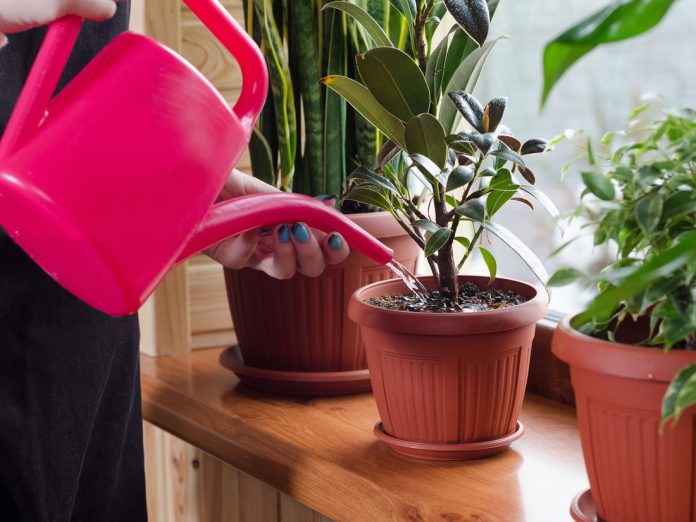Druhomes.com – Gardening is an activity that is profitable for you and your family. You can create a garden design according to your wants and needs. For example, you can create mini gardens, backyard gardens, and various other gardens that you want. Moreover, you can take care of any plants you want in your garden. You can grow ornamental plants to vegetables for your needs. After all, all plants will provide freshness and beauty to the exterior or interior of your home. In an indoor environment, ornamental plants play an important role in fresh decoration. For that, you should know some tips for caring for ornamental plants that you have. Thus, you can get beautiful and fresh ornamental plants to decorate the interior of your home.
For that, in this article, we will discuss some tips for caring for ornamental plants for you to know in gardening and owning ornamental plants. Ornamental plants without proper care will become unhealthy and easily wither. This makes the ornamental plants that you have easily die too. There are various factors that you should know in caring for ornamental plants in your home interior. You can find the factor of nutrition. Some pests, fungi, bacteria, viruses can also attack your ornamental plants. For that, let’s discuss some tips for caring for ornamental plans in your home interior.
Symptoms of Unhealthy Plants
Before we discuss some tips and how to care for indoor ornamental plants that you have, we will discuss some of the symptoms of unhealthy ornamental plants. With this in mind, you will determine the right type of care for your ornamental plants. Thus, your ornamental plants can grow better and beautify the interior of your home. The following is the discussion.
-
Dry Soil

First, you need to observe a fundamental medium of your ornamental plant, the soil shows an important problem. If the soil is too dry, it is surprising that your ornamental plant is irritable. As the main medium to grow the plant, dig the soil at least five centimeters then touch it with your finger to check its condition. The humidity of the soil is essential to your plant’s lives. Besides, dump soil is not good for the roots because they will potentially rot.
-
A Floppy Stem

This condition is a result of getting lots of sunlight, it stands too long under the sunlight, and needs more water. A floppy stem signs that your ornamental plant needs shelter for a while, better you change its position into a shady place.
-
Dry Leaves
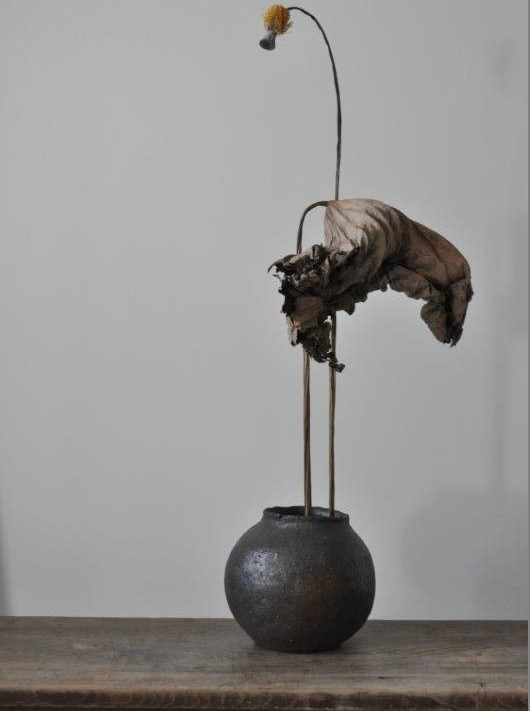
Dry leaves are a sign of unhealthy plants. This condition shows that your ornamental plant needs water, or it lives on dry soil or has a lot of fertilizer. You can start to observe the soil, dig it a little deep to see the soil condition thoroughly. If the soil is dry, you can pour water. Don’t forget to touch the leaves’ surface, in case any liquid or fertilizer spills on it and stains the leaves.
-
The Leaves’ Color Has Changed

Look at the leaves of your ornamental plants, whether their color changes or not. You maybe think that leaves’ color change every time as the phase of new leave grew into the old one. It is true but in some cases, the changing color is a sign of unhealthy plants. Observe the new leaves in your ornamental plant, if it is turning brown or yellow then it’s not about the phase; It can be the disease or pests.
-
Wilting Leaves
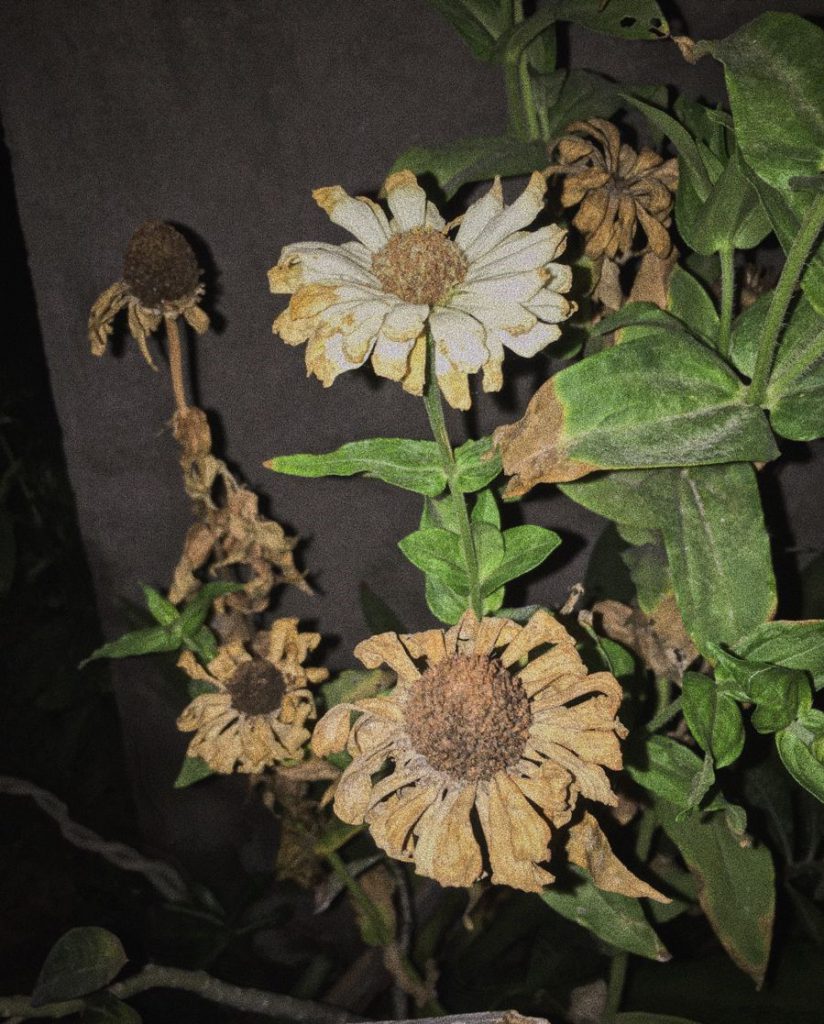
There are many causes of wilting leaves, putting your ornamental plant under the sunlight may cause the wilting leaves. The environment has an essential influence on your ornamental plant. Over watered or over feeding your plant may cause these wilting leaves. Pests, viruses, and bacteria also can be factors of an unhealthy plant.
-
Fallen Leaves

It is the sign that you can see directly when the leaves are falling off drastically. It happens because your ornamental plant has a weak ability to adapt to the environment, it can be the drastic change of climate, room temperature, and less sunlight.
Steps to Take Care of Indoor Ornamental Plants
After knowing some of the symptoms of unhealthy houseplants, the next topic we will discuss is some Steps and tips for you to care for your indoor ornamental plants. You can use several methods which we will discuss according to the symptoms that your houseplants have. Thus, you can determine the best care for your ornamental plants. Let us discuss.
-
Arrange Its Position to Get Enough Sunlight
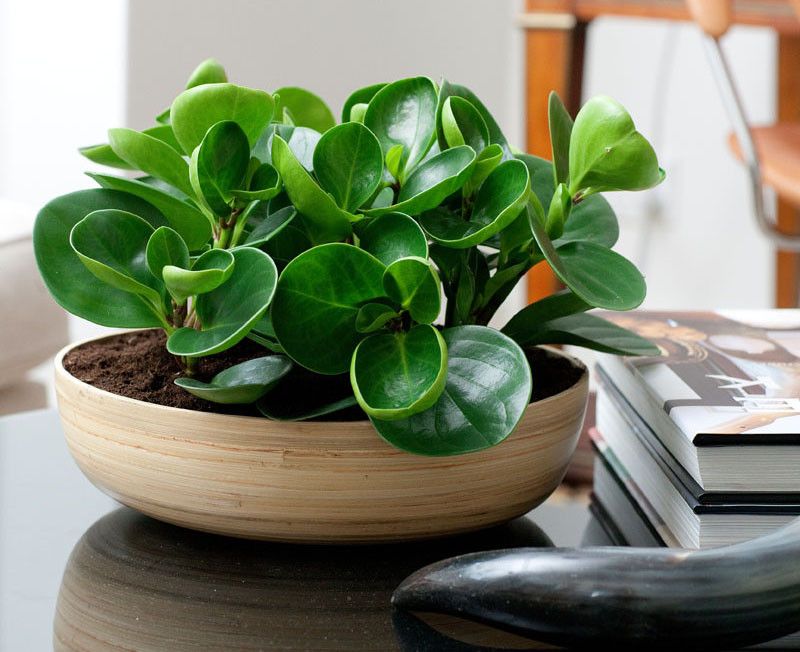
The first step is to make sure that your indoor plant gets enough sunlight. It is an important energy for the plant to do respiration and photosynthesis. In the right amount of time, sunlight makes your indoor plant healthy. It also helps your indoor plant to absorb minerals in the soil. You should change the spot to put your indoor plant if it does not get enough sunlight, then you can put it back in a shady spot.
-
Water It Regularly
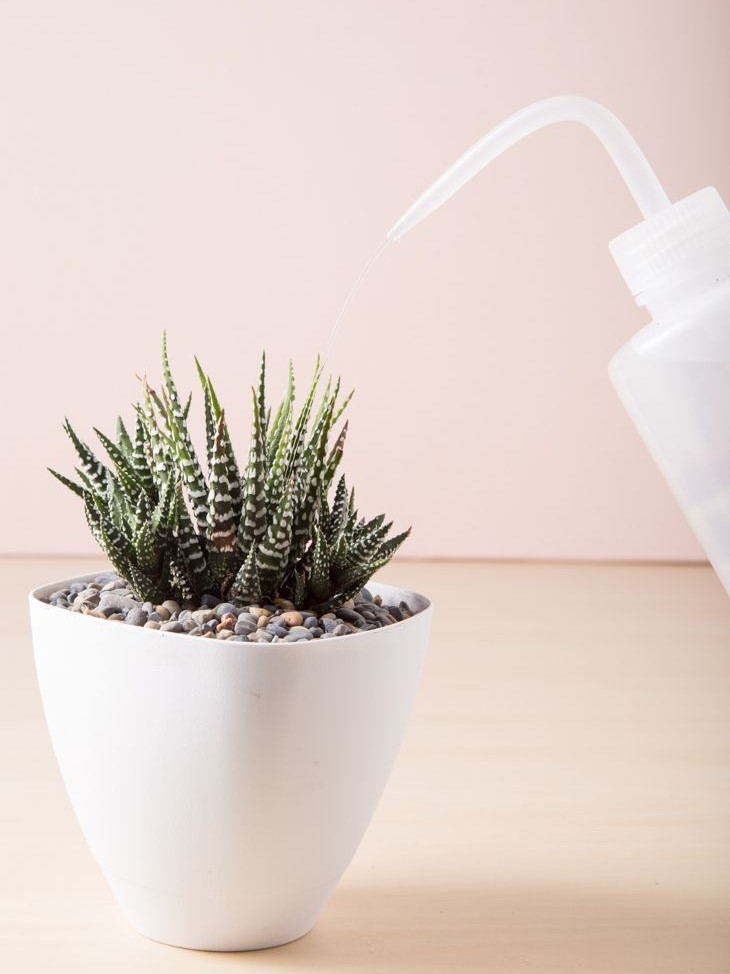
Water is the most important thing for every living thing on earth. Your indoor plant needs water to maintain the humidity in its stem. Water is an essential thing to mobilize the fertilizer and minerals from the soil into the stem. Moreover, enough water helps the plant to grow its leaves and flowers. It depends on the kinds of indoor plants. Some plants have a special need of water, such as succulent that needs less water. You can water your plant regularly based on its need.
-
Gives Enough Fertilizer
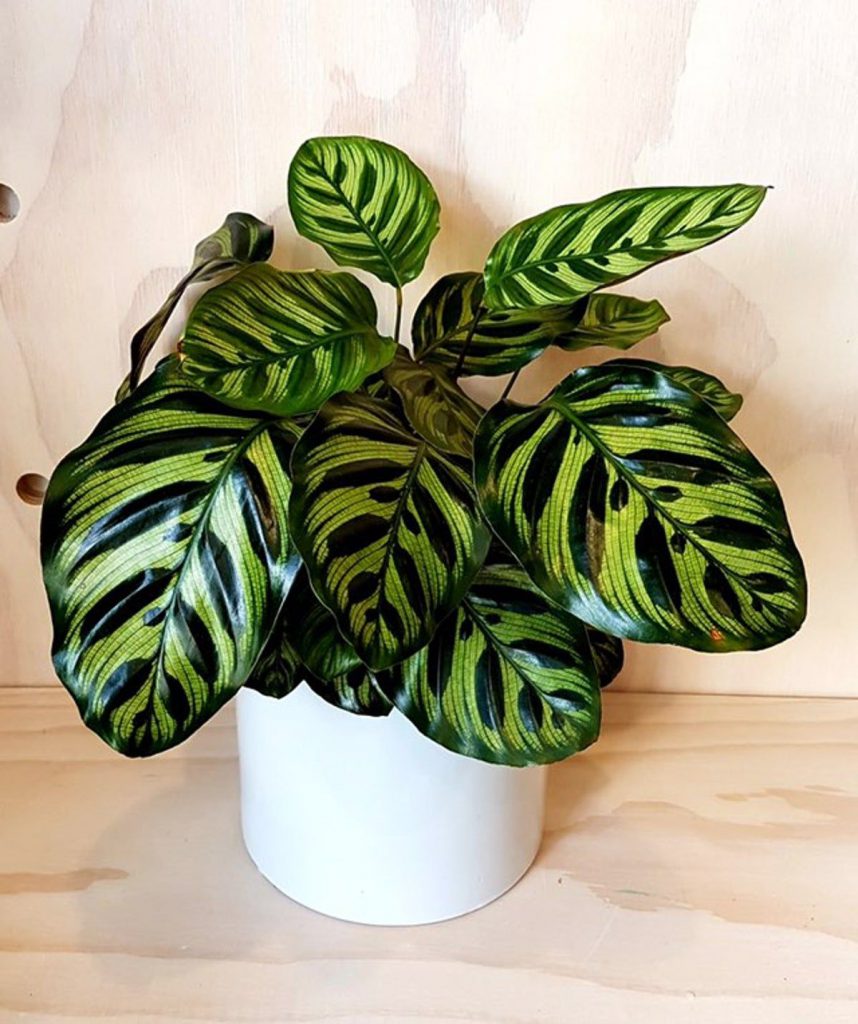
For every plant, fertilizer is food to help them grow. You should give fertilizer to your indoor plant to complete their nutrition. Fertilizer in enough amount is useful for their lives, so you don’t need to give it every day to avoid the over feeding plant. The sign of good fertilizer is seen by the leaves. If it has fresh color, then you do good in feeding your plant.
-
Separate The Ornamental Plants

Your indoor plant can grow a new bud. This bud will grow as a new plant. From this process, your indoor plant will thrive a lot in the pot. If you face this problem, you should separate your indoor plant for each bud when it is ready to part. Growing many plants in a little medium can cause the problem of less water, fertilizer, and energy to grow.
Conclusion
That is our discussion of Tips for Caring for Ornamental Plants in the Interior of Your Home. We know that there are myriad factors we don’t mention above. Some of those factors are the common signs of an unhealthy plant that makes you aware of it. By knowing the various factors and some symptoms of unhealthy ornamental plants, you can determine the best treatment for your ornamental plants. This will make your ornamental plants more beautiful and fresher for your home interior decoration. Those are all tips to thrive your indoor ornamental plant, we hope this information helps you to do a gardening activity, especially for indoor plants. Happy gardening!


